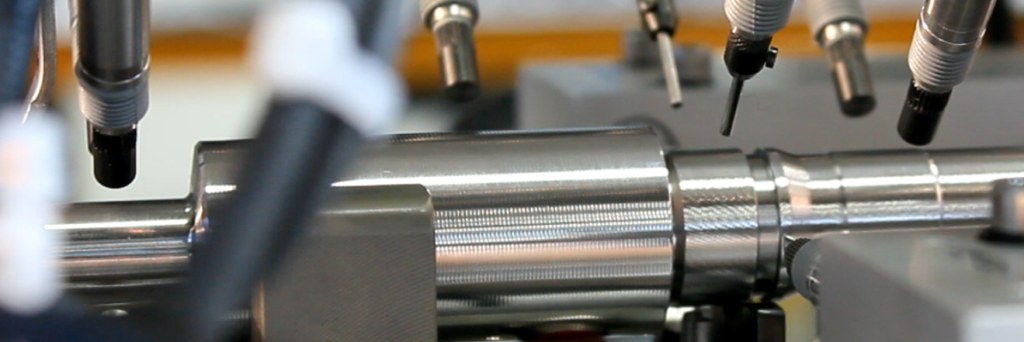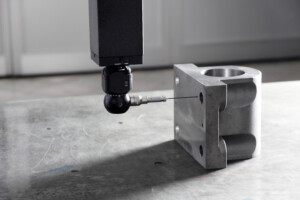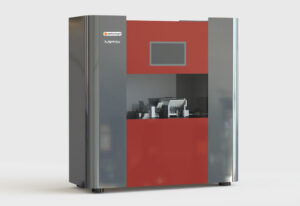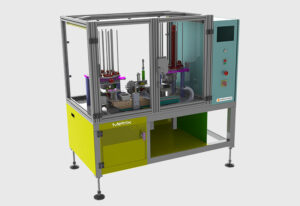An overview of metrology using LVDT transducers
Tactile measurement technology plays a crucial role in dimensional metrology solutions, primarily utilizing linear transducers based on the LVDT (Linear Variable Differential Transformer) principle.

Introduction to touch probe technology
Linear transducers come in various types, distinguished by their measuring range, tip force, ability to push/retract the probe automatically, and dimensions.
The measuring range is chosen based on the dimensional tolerances of the part, while the tip force is selected according to the sensitivity of the part’s material.
The capacity to push or retract the probe is determined by the requirements of the automation system, and the dimensions are chosen based on the accessibility of the part’s surface for measurement.
Principle of LVDT transducers in metrology

Benefits of measuring dimensions with touch probes
-
Simple and fast
Measurements performed in seconds, independent of the user’s skills
-
Accurate and repeatable
Excellent metrological performance
-
Versatile
Numerous simultaneous measurements on the same part
-
Stand-alone operation
For unattended use
Related products
-
Metrix OD
For the automated control of outer diameters of shafts, tubes, and other cylindrical objects.

-
Metrix GEO
For controlling the geometry of parts with well-specified shapes : straightness, perpendicularity, parallelism, roundness, coaxiality, etc.
